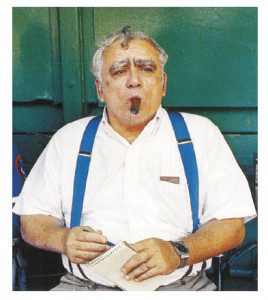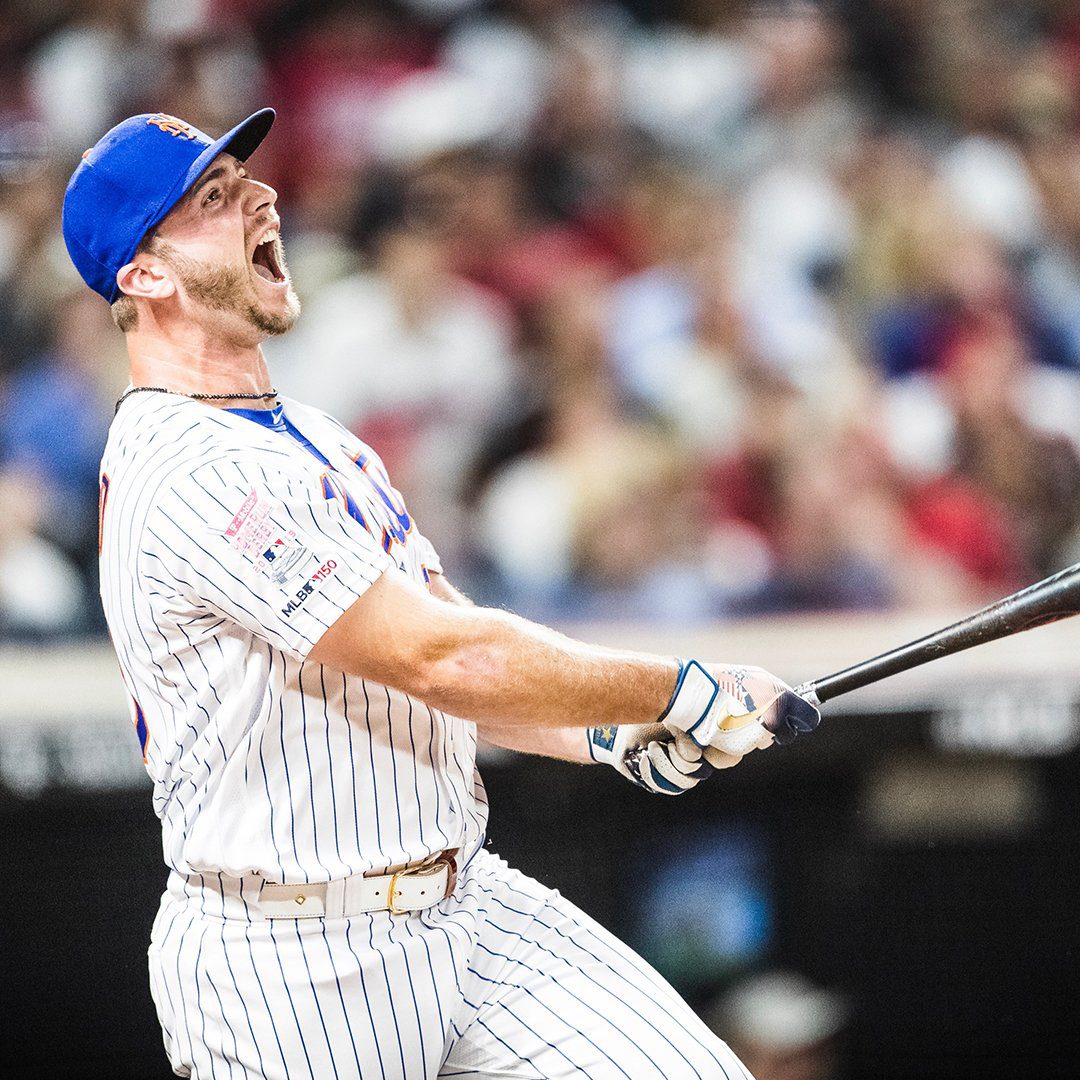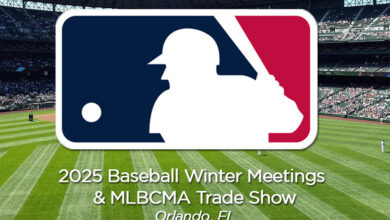

This is the time of the season when it gets a little thin in terms of things to discuss because most teams are just banging out the season and there isn’t much for me to pontificate about. And so I kind of have to sit back and wait for something shocking or annoying to happen and then I get to work.
So, I was sprawled out on my couch watching some of the games and messing around on my iPhone – alternating between Twitter, the ESPN Fantasy Baseball app and searching Yelp reviews for the best local bread pudding.
And that’s when it happened. The Phillies blew a lead late in a game. Granted this isn’t really that big a deal because: a) these things happen frequently in baseball, and b) this year, they frequently happen to the Phillies. But it was how they lost that got me all worked up. They had a lead late in the game and they lost that lead without ever bringing in their best relief pitcher.
I finally had something to complain about and I set my phasers on pontificate!
Jonathan Papelbon is the Phillies best relief pitcher. He gets paid $12.5 million per year to compensate him for that status. However, he is the team’s “closer.” And the horribly stupid systemic strategic silliness in baseball is that the “closer” only “closes” when it’s the ninth inning, so that said “closer” can get a “save” for having “closed” the game.
Let’s set aside the fluky season that Cliff Lee is having where he’s pitching well, but he just cannot buy a win, because I just can’t even understand this phenomenon. Anyway, Lee was pitching in the eighth inning with a one-run lead and, with two outs, a couple batters got on base. Then manager Charlie Manuel took Lee out of the game and replaced him with … Josh Lindblom – a young pitcher recently acquired from the Dodgers.
Huh?! Why on Earth would a manager not bring in his best relief pitcher this close to the end of a game? Was he injured? Was he overworked? Was he being chased through the parking lot by a swarm of killer bees? No. No. And No.
Now, full disclosure here: Lee is on my fantasy baseball team, and I would really like to see him get some freaking wins to help me move up the standings. That said, my anger was actually justified since this is a very common practice of modern-day managers who are all doing this wrong thing that they think is the right thing.
Manuel, along with every other manager in the league, is continuing this wrong-headedness so that the “closer” can get the “save.” And it seems that has become the priority over whether or not the game is won. Most saves are doled out when a closer pitches the ninth inning, so managers and the media have even started referring to a closer as the “ninth inning guy.” If you say something enough times, no matter how stupid, people will start to think that it’s true because why else would you be repeating it over and over?
As a result, managers are actually taking away opportunities for their best reliever to do something to really “save” a game earlier than the ninth inning. But who cares? Because there’s no stat for that anyone cares about or tracks in their fantasy baseball league or gets paid millions for.
And so, Papelbon wasn’t brought into the game because it wasn’t the ninth inning. I’m not trying to belabor the point. It’s just that this game was a perfect example of this foolishness (and of course my fantasy baseball frustration factors into this strongly). Then Lindblom was brought in and gave up a home run and the lead and the Phillies lost. Papelbon never made it in the game. And worst of all he did not get a precious save!
So, what is a “save”? A save is an arbitrary statistic created by Chicago sportswriter Jerome Holtzman in an attempt to give value to relief pitchers. A save is awarded when a relief pitcher finishes a close game without letting the other team tie or go ahead.

It seems friendly enough. And when it was invented 50 years ago, before everyone had their own computer and could track more accurate relief pitcher stats, it was an adequate record of some value for relievers. But over the last 20 years or so, managers have started running games based on whether or not the “closer” will get the “save.”
Why would a manager do that? Well, it is now considered the “safe” route and managers get a lot less second-guessing when they take the safe route, because, after all, it was the safe route.
Another factor is that people are lazy. Saves are simple, while advanced metrics can be very complicated and hard to remember. I really like saves for fantasy baseball because they are very simple and easy to track. They’re like RBIs (runs batted in) because they are also easy to track and they don’t really show how “productive” the batter was, just how many people were on base ahead of him when he was batting.
Detroit’s closer last year, Jose Valverde, led the league in saves with 49. That is a lot of saves. And not one “blown save.” Usually when you say something gets blown, that’s a good thing (sorry, readers under 18), but with saves, it means that the pitcher gave up the lead. If you disregard Valverde’s saves and just look at all of his other pitching statistics, we was actually the 39th best relief pitcher in the league and gave up the fourth most walks of any “closer.” He won the Rolaids Relief Pitcher Award – when he probably should have just won the Luckiest Freaking Pitcher of the Year Award.
You know who thinks the save rule is awesome? Agents. They love it. They get to negotiate with teams and force them to pay crazy money (see Papelbon’s $12.5 million/year) for this “special” breed of pitcher who alone hold the secret to teams winning games.
Remember what Alec Baldwin said in Glengarry Glen Ross: “Coffee’s for closers.” Yes, it’s true that some guys can’t handle the pressure of finishing a game and have had some trouble with it, but these were usually not very good pitchers anyway. The pitchers you see in the major leagues have been pitching “under pressure” for at least a decade (and in many cases, decades) at every possible level of difficulty until they reach the very top.
Relief pitchers’ performances can vary wildly from game to game and even season to season. They are one of the most enigmatic and statistically volatile aspects of the game. It seems somewhat absurd to give Papelbon the kind of money he got, or Heath Bell or any closer. The Padres just gave their closer Huston Street a two-year contract extension and he thanked them by getting injured one week later.
The Tampa Rays’ closer is Angels and Tigers cast-off Fernando Rodney who is making less than $2 million this year. He’s statistically the best relief pitcher in the American League and yet last year he was terrible. Some team will give him a lot of money next year and he will probably stink for his new team. And the Rays will grab some other guy off the trash heap next year and make him the closer. They’re on a tight budget and they don’t see a need to waste money on a position invented by the late Jerome Holtzman and propagandized by agents.
This ideology needs to change. We are all much smarter about baseball than Holtzman and his saves. Well, most of us are. Charlie Manuel still insists on batting the out-machine known as Jimmy Rollins as his lead-off hitter so that he is sure to get the most plate appearances possible and therefore make lots and lots of outs.
So, most of us are smart and we can even get the dummies on board if we just get them to see the light. Or maybe just the reflection of the light off a rusty old Subaru stationwagon.
If a team has a lead toward the end of the game, why not bring in the closer to pitch the eighth and ninth innings? Or maybe the closer comes in to face the other team’s best hitters in the eighth and then someone else wraps up the game against the weaker hitters? Yes, the closer will miss out on the save, but you just won a game. That’s pretty cool also.






